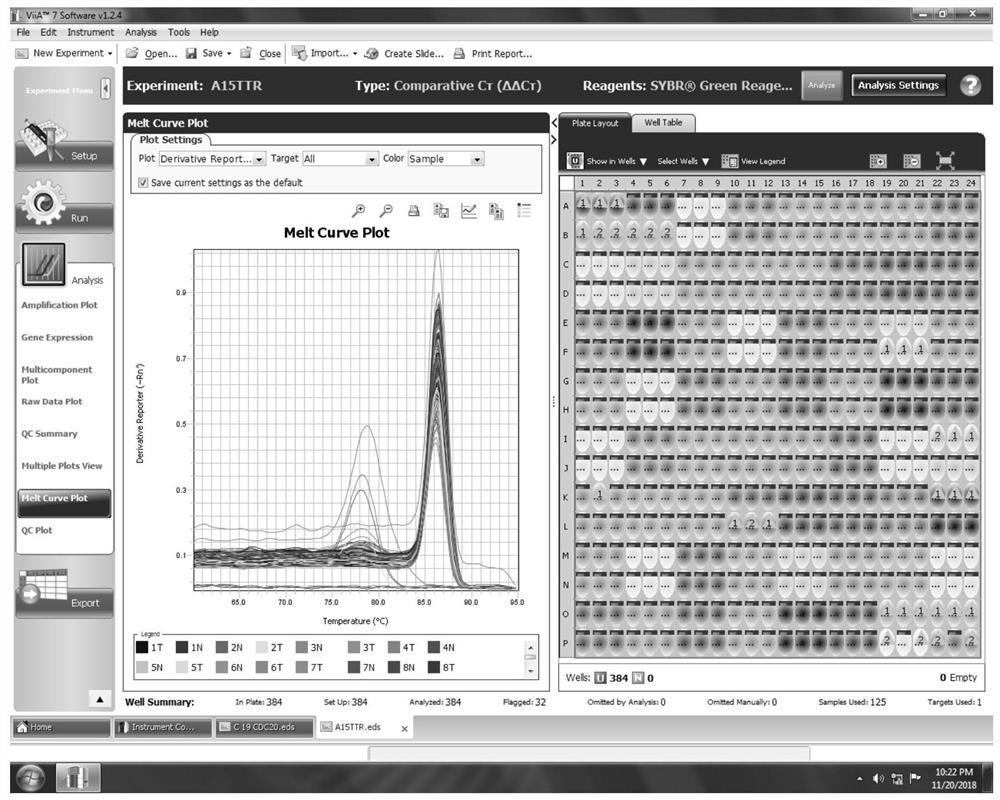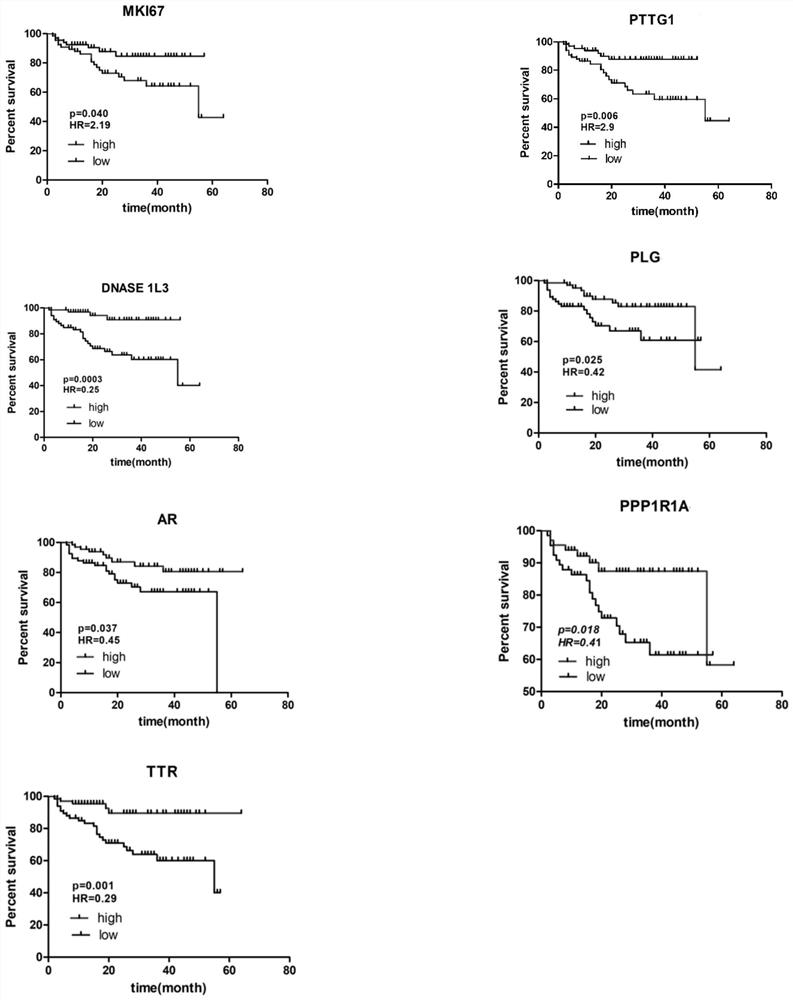Establishment method and application of a polygenic liver cancer prognosis grading system
A liver cancer prognosis and method establishment technology, applied in biochemical equipment and methods, microbial measurement/inspection, etc., can solve the problems of complex individual patient information, lower reliability of prediction grading system, follow-up data errors, etc.
- Summary
- Abstract
- Description
- Claims
- Application Information
AI Technical Summary
Problems solved by technology
Method used
Image
Examples
Embodiment Construction
[0014] The present invention will be described in detail below in conjunction with accompanying drawing:
[0015] The invention discloses a method for establishing a multi-gene liver cancer prognosis grading system. 378 pairs of liver cancer-paracancerous tissue specimens from an affiliated hospital of Zhejiang University School of Medicine during 2012-2018 were processed as follows. The grading system construction method is as follows:
[0016] (1) The genes and internal reference genes with significant expression differences in liver cancer were selected, and after multi-step quality control, 186 pairs of samples were finally screened to make cDNA chips using 384-well plates.
[0017] Proliferation-related genes hormone-related genes invasion-related genes other genes Reference gene MKI67 PLG MMP7 UBE2S GAPDH IGF1 PIGU ACTB AR DTYMK CYB5A PPP1R1A ADAR2B TTR ...
PUM
 Login to View More
Login to View More Abstract
Description
Claims
Application Information
 Login to View More
Login to View More - R&D
- Intellectual Property
- Life Sciences
- Materials
- Tech Scout
- Unparalleled Data Quality
- Higher Quality Content
- 60% Fewer Hallucinations
Browse by: Latest US Patents, China's latest patents, Technical Efficacy Thesaurus, Application Domain, Technology Topic, Popular Technical Reports.
© 2025 PatSnap. All rights reserved.Legal|Privacy policy|Modern Slavery Act Transparency Statement|Sitemap|About US| Contact US: help@patsnap.com



